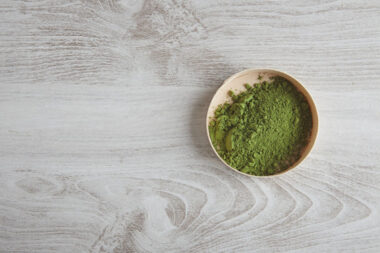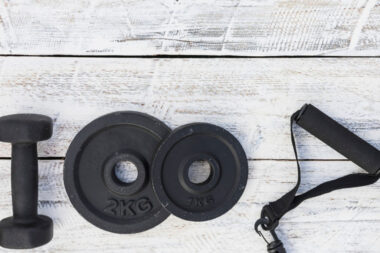If you are passionate about fitness or are looking to embark on your natural bodybuilding journey, then you will probably come across the terms ‘cutting’, ‘bulking’, and ‘maintaining’ quite a lot.
When it comes to nutrition there is so much information out there and so many contradictions as to what is the best approach.
One constant which almost every single bodybuilder agrees on is that cutting, bulking, and maintaining are key to efficient progress.
So let’s get down to it and chat about what each one means.
Understanding Cutting
Let’s start with ‘cutting’. Cutting or being on a cut means you are trying to shed excess fat in order to become leaner.
To many people, this may seem like an obvious thing for bodybuilders to do as you always see bodybuilders in their leanest, most ripped state when modeling or posing.
However, cutting can be more complex than it first seems as you must ensure that you lose fat without losing too much muscle mass or strength in order to continue your progress.
To cut, you must be in a calorie deficit which means consuming fewer calories than you are burning daily over a consistent period of time.
This will generally result in low energy levels though as your body is expending more energy than you are feeding it so it can be tough to keep up your training to the same level.
Understanding Bulking
‘Bulking’ is another phase in dieting and is very important. It may come as a surprise to some people but in order to make efficient progress, bodybuilders generally choose to go through a phase of intentionally gaining weight to allow their bodies to build muscle mass and strength more quickly.
In order to bulk, you must eat in a calorie surplus which means you consume more calories than you expend day-to-day.
This results in your body storing the excess energy which can then be used to help repair and grow your muscles.
It is generally recommended to eat in roughly a 10-20% calorie surplus to gain weight efficiently whilst maintaining a fit and healthy state.
Understanding Maintenance
Finally, we come to the maintenance phase. Eating maintenance calories is more or less what it says on the tin.
If you are neither in a calorie surplus nor a calorie deficit, then you will not be consistently gaining or losing weight. This is known as maintenance in the fitness and bodybuilding world and is used between bulking and cutting phases when your goal is to convert the fat you have stored during your bulk into muscle mass.
It is also used when a bodybuilder is content with their current state and wants to maintain their current physique.
In order to maintain, you should be eating the same (or as close to as possible) number of calories as you are burning each day.
Finding this balance can be difficult at first but it’s all about patience and tracking your calorie intake, calorie expenditure, and seeing how your body reacts to this.
There are many rough estimates and techniques for figuring out a general idea of what your maintenance level may be. Using these as a guide, we recommend simply trying out slightly varying figures to see which is the most effective for you.
Also read: Nutrients for Sports Injuries: How to Heal Faster
Cutting, Bulking, Maintaining: In Practice

Here is an example of how these phases would be used in practical terms.
If a bodybuilder is finding that their progress is slowing or they really want to hit some new goals and grow their muscle mass, then they will begin to bulk by eating roughly 10-20% higher than their maintenance calorie level.
Although there are no fixed time windows for how long to bulk or cut for, people generally tend to aim for 2-3 months of bulking or until they have reached their specific goal. After this period, they will have gained weight in both muscle mass and fat.
Once they are satisfied that they have bulked up sufficiently, they may choose to maintain in order to stop gaining more weight whilst burning fat and building muscle. They would do this by eating the same number of calories they are burning and weight training.
Also read: Bulking and Cutting: Hidden Use of Performance-Enhancing Drugs and the Effect on Your Mental Health
Alternatively, they may choose to go straight from bulking to cutting by reducing their calories to 10-20% below their maintenance level.
People usually continue a cut until they have reached their goals but it is not recommended to cut for too long (such as over 4 months) as this will impact your strength and muscle mass retention. Cuts are often used to get lean to prepare for competitions.
The final thing to consider with bulking, cutting and maintaining is that the number of calories you burn each day will vary depending on your activity levels.
To account for this, on days when you do heavy exercise such as weight training you should consume more calories (relative to the phase you are in) and on rest days you will not need so many calories.
Those are the basics of cutting, bulking, and maintaining. We hope this helps you to understand the various stages of growing muscle mass as a natural bodybuilder and has equipped you with the knowledge to optimize your progress.
Image Credit: Unsplash
This article is published by our independent team of health and wellness pundits that publish original and informative content to empower readers to take charge of their health and embark on a physically, mentally, and emotionally balanced lifestyle.







































Leave a Reply